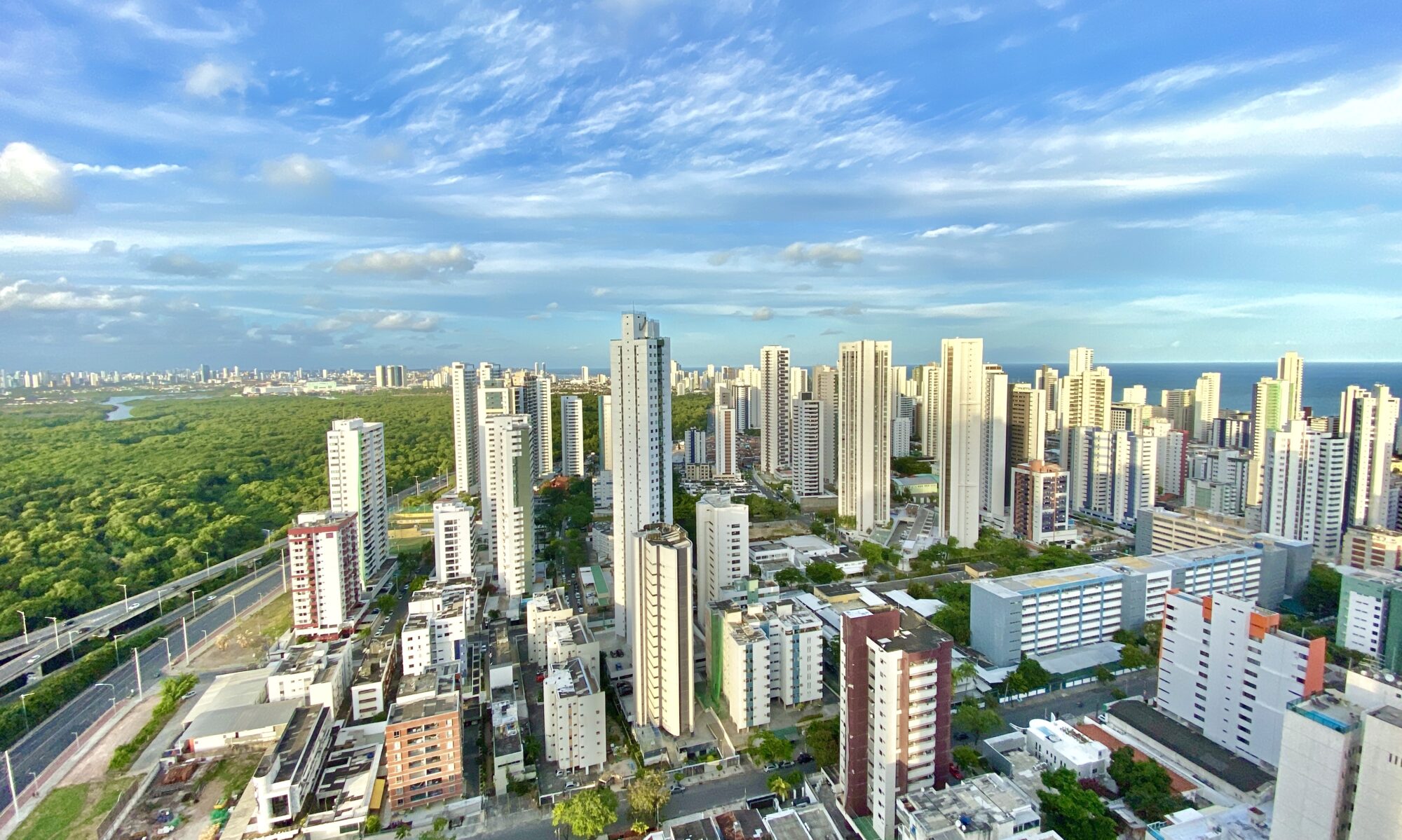With an area of 3,869,637.9 km2 – 45.27% of the Brazilian territory – the North region comprises the states of Acre, Amapá, Amazonas, Pará, Rondônia, Roraima and Tocantins. It is situated between the massif of the former Guianas to the north; the Central Plateau to the south; the Andes to the west, and the Atlantic Ocean to the north-west. Enjoying an equatorial climate, it is washed by the great rivers of the Amazon and Tocantins basins.
The North region has 11,290,093 inhabitants – 7% of Brazil’s total population – with an average life expectancy of 67.35 years. It has the lowest demographic density of all the regions, with 2.92 inhabitants per km2. The majority of the population of the North region is urban-based with Belém being the largest city and capital of the state of Pará.
The economy is based on the vegetable extraction of products such as latex, palm tree, timber and chestnut; the mineral extraction of gold, diamonds, cassiterite and tin as well as large-scale mineral exploration (chiefly iron) in the Serra dos Carajás (Pará) and manganese in the Serra do Navio (Amapá).
On the River Tocantins in the state of Pará is the Tucuruí hydroelectric station, the largest in the region. There are also two smaller plants – Balbina on the River Uatumã (Amazonas) and Samuel on the River Madeira (Rondônia). The Federal Government offers fiscal incentives for the setting up of industry in the state of Amazonas, in particular for the assembly of electro-electronic products. This process is administered by the Manaus Free Trade Area Authority and the incentives will remain in force until at least the year 2003.

